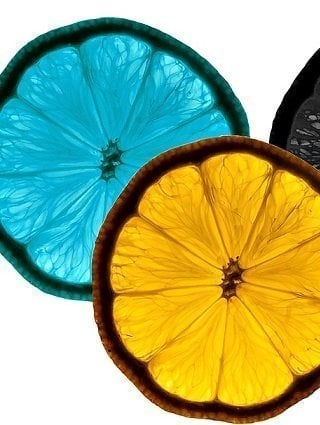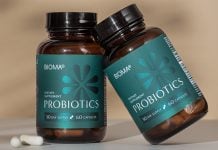
Chemical Ingredients in Our Food…
Have you ever wondered what those crazy names listed on food labels actually are? Are all those things harming you? Are they even needed? Let’s find out about these common chemical ingredients in our food!
The common chemical ingredients in your food
Were you ever curious as to what those complex chemical ingredients are and why did grandma never put them in our food?
Well why exactly are they in there and just how harmful are they?
Well, here is a look at some of the more common chemical ingredients that are lurking in our food!
BHT (Butylated Hydroxytoluene)
This is a common additive added to prevent oxidation. The National Toxicology Program has listed it as “reasonably anticipated to be a human carcinogen”.
So… the additive will prolong the shelf life of many products, but can end yours!
Yellow#5
This is a food coloring derived from coal tar. Studies have shown that it may contain lead and arsenic, which cause major health problems. In addition, food colorings derived from coal cars are on the “potential to cause cancer” list.
Blue 1, blue 2, green 3, red 3 and yellow 6
 They have been correlated with thyroid, adrenal, bladder, kidney, and brain cancer. They are found in foods, but also in medications and personal care products.
They have been correlated with thyroid, adrenal, bladder, kidney, and brain cancer. They are found in foods, but also in medications and personal care products.
My advice, stay away!
High Fructose Corn Syrup
This is a sweetener that is added to everything. Studies have shown it to cause tissue damage, leading to obesity, diabetes, and heart disease. It is made from genetically modified corn and is heavily processed. Recently, it has also been shown to contain mercury.
In addition, the FDA allows “corn sugar” to be used as an alternative name. This is a deceptive way of labeling our food.
Soybean oil
Over half of all soybean crops in the United States are genetically modified. There is a concern as well as scientific evidence that genetically modified products can cause a decline in health.
In addition, there are many environmental hazards associated with genetically modified products being a part of our food supply.
Propylene glycol alginate
This is a food thickener, stabilizer, and emulsifier. Propylene glycol is used as a food additive, but also it is as antifreeze and runway de-icers.
We probably do not want to be consuming antifreeze on a daily basis!
Enriched flour
Flour is stripped of its ingredients and bleached to look like white stuff we all know. The nutritious bran, and germ as well as fiber are all stripped from it during processing. Then cheap, non-digestible, potentially toxic vitamins and minerals are added back, “enriching” the product.
Just a note, very rarely in nature are things perfectly white. Traditional flour is a prime example of this.
MSG (Mono-sodium glutamate)
 Many people are very sensitive to this food additive. It is used as a taste enhancer. It has been linked to skin rashes, nausea, migraines, heart irregularities, and seizures.
Many people are very sensitive to this food additive. It is used as a taste enhancer. It has been linked to skin rashes, nausea, migraines, heart irregularities, and seizures.
In addition, there is evidence that MSG can affect brain function as well. Food manufactures are getting smarter at disguising MSG in their products by using different “legal” names.
Some of the other identifiers are textured soy protein concentrate, carrageenan, maltodextrin, disodium guanylate, natural flavoring, yeast extract, disodium inosinate, casemate, textured protein, hydrolyzed pea protein, or modified cornstarch.
Currently, MSG does not have to be put on the food label.
Polysorbate 80
It is used as an emulsifier and defoamer in food and personal care products. It has been shown to decrease immune function and has the potential to cause severe allergic reactions.
Polysorbate 80 has been linked to infertility by changing the lining of the vagina, uterus, and ovaries. It is commonly found in ice cream and often added to vaccines.
Sodium Benzoate
This preservative prevents mold growth. Benzene is a carcinogen and also damages your thyroid gland. Plastic bottles, sodium benzoate, and sunlight create a recipe for disaster, especially when they are combined with ascorbic acid.
Wrap-Up
Anything that says “artificial” in front of it is just that, artificial!
These flavorings and coloring are derived in labs. They have no nutrient value and provide no benefit to health. All are man-made and many have disastrous consequences. Sadly, they are in almost everything.
Read your labels and avoid them!
References:
- 8 Ways to Get Healthy Right Now! - June 13, 2020
- How To Choose Protein Powder Best For You - March 22, 2017
- How Do Chemical Additive Food Ingredients Affect Our Health? - December 29, 2016



